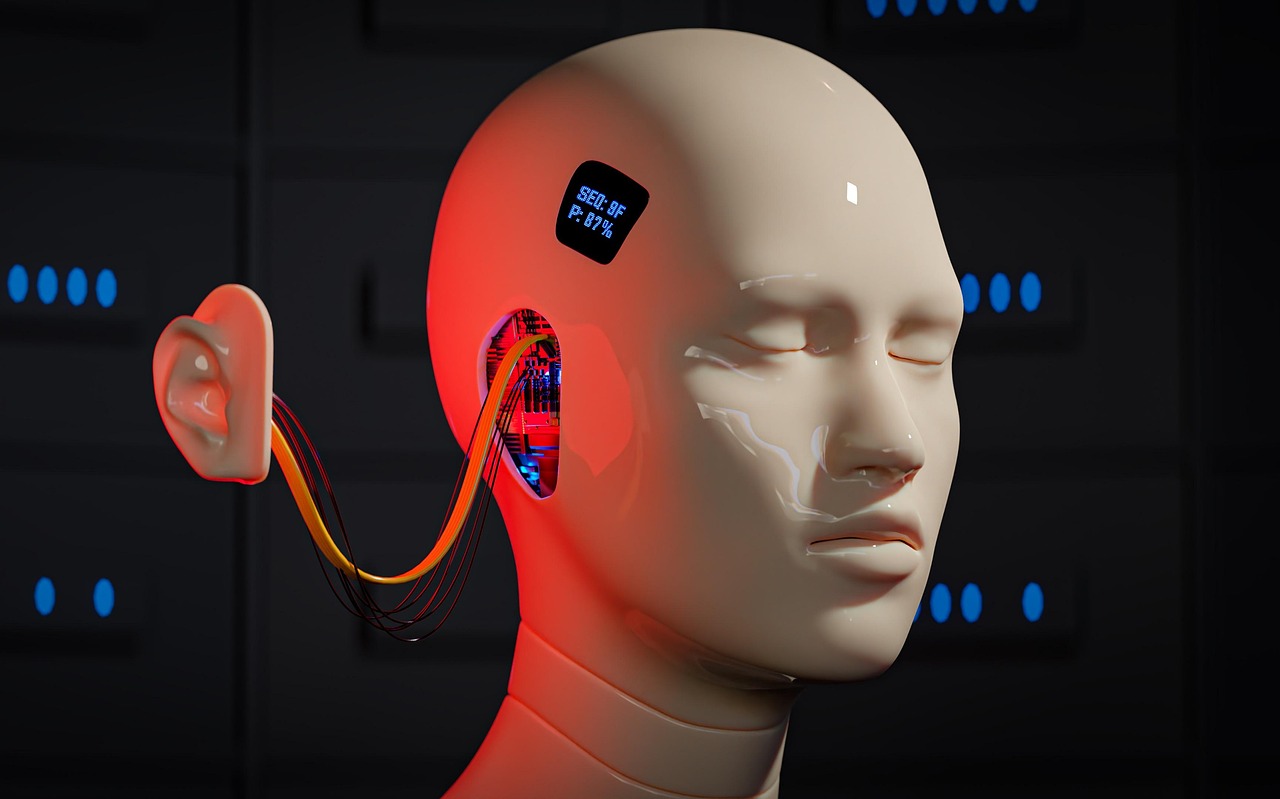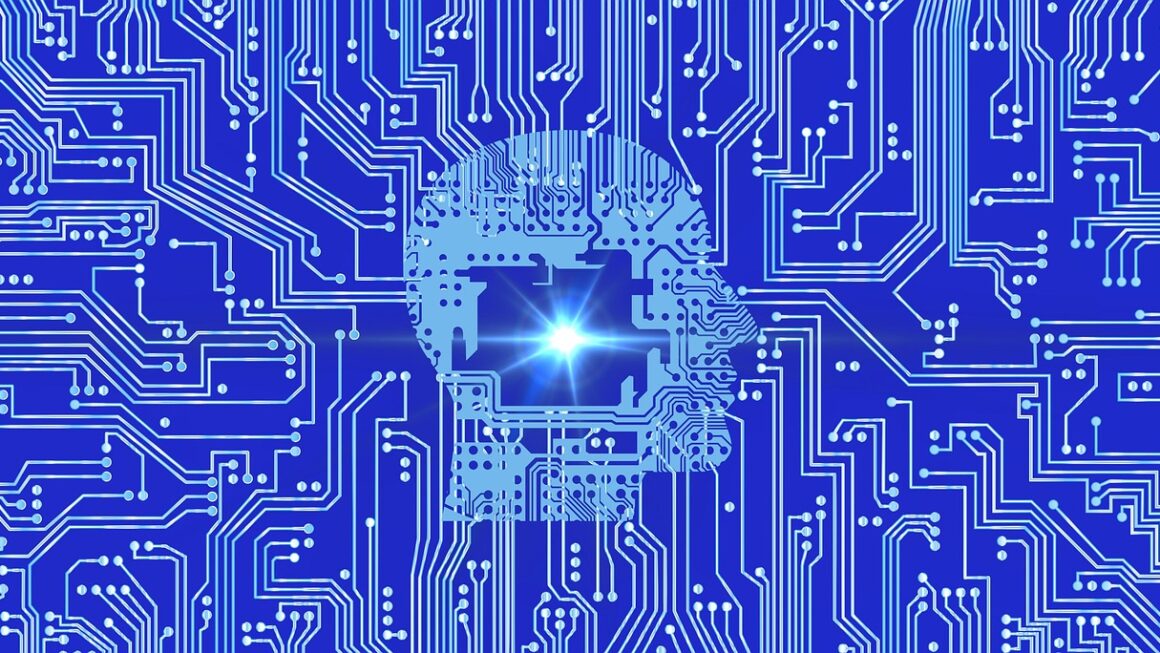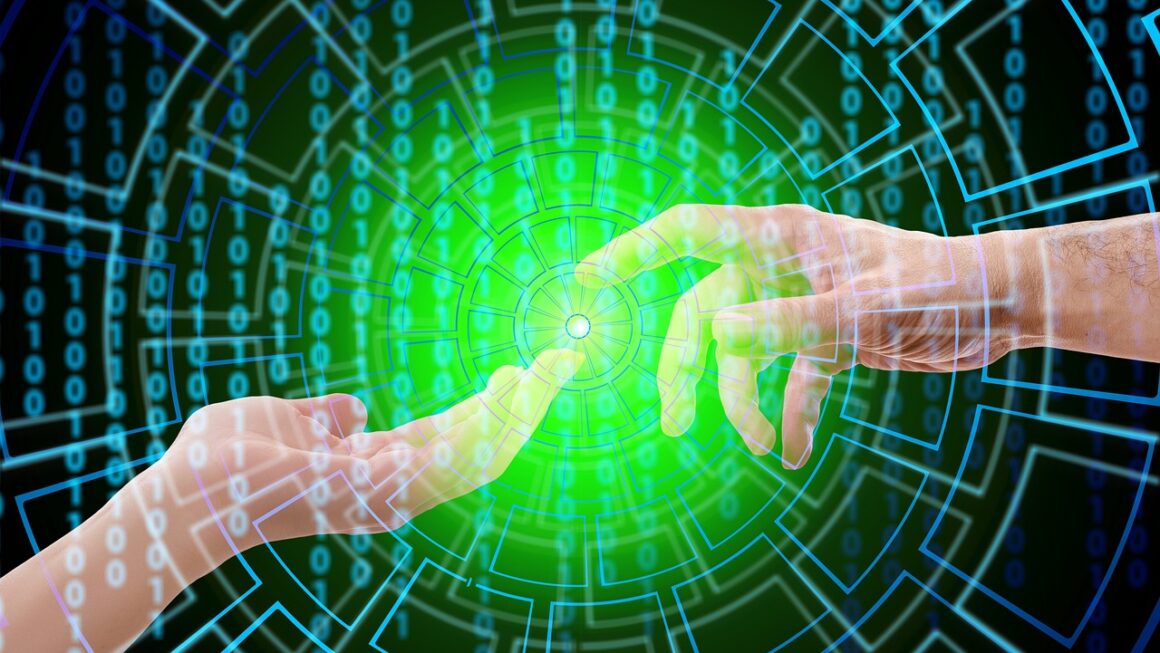Imagine a world where computers can “see” and understand images and videos the way humans do. This isn’t science fiction anymore; it’s the reality of computer vision, a rapidly evolving field transforming industries and everyday life. From self-driving cars to medical diagnostics, computer vision is revolutionizing how we interact with technology and the world around us. This blog post will delve into the intricacies of computer vision, exploring its core concepts, applications, and future potential.
What is Computer Vision?
Defining Computer Vision
Computer vision is a field of artificial intelligence (AI) that enables computers to “see” and interpret images and videos. It involves developing algorithms and models that allow machines to extract meaningful information from visual data, just as humans do with their eyes and brains. Essentially, it bridges the gap between visual input and machine understanding. It’s about training machines to identify objects, scenes, and patterns within visual data, and then use that understanding to perform specific tasks.
The Goal of Computer Vision
The primary goal of computer vision is to automate tasks that the human visual system can perform. This includes:
- Object Detection: Identifying and locating specific objects within an image or video.
- Image Classification: Assigning a label or category to an entire image. For example, classifying an image as “cat,” “dog,” or “bird.”
- Image Segmentation: Partitioning an image into multiple segments or regions. Each segment represents a different object or part of an object.
- Facial Recognition: Identifying individuals from images or videos based on their facial features.
- Optical Character Recognition (OCR): Converting images of text into machine-readable text.
How Computer Vision Works: A Simplified Overview
Computer vision systems typically involve the following steps:
Key Techniques in Computer Vision
Convolutional Neural Networks (CNNs)
CNNs are the workhorses of modern computer vision. They are a type of deep learning algorithm specifically designed to process images. CNNs use a series of convolutional layers to automatically learn features from images, eliminating the need for manual feature extraction.
- How CNNs work: CNNs use convolutional filters to scan the input image and detect patterns. These filters learn to recognize different features, such as edges, corners, and textures. The network then combines these features to make predictions about the image.
- Example: In an image classification task, a CNN might learn to recognize the features of a cat, such as its whiskers, ears, and tail. It then uses these features to classify the image as “cat.”
Object Detection Algorithms: R-CNN, YOLO, and SSD
Object detection is a critical area within computer vision, and several algorithms have been developed to tackle this challenge.
- R-CNN (Region-based Convolutional Neural Network): An early object detection algorithm that first proposes regions of interest in an image and then uses a CNN to classify each region. R-CNN is accurate but computationally expensive.
- YOLO (You Only Look Once): A faster and more efficient object detection algorithm that predicts bounding boxes and class probabilities in a single pass through the image. YOLO sacrifices some accuracy for speed.
- SSD (Single Shot MultiBox Detector): Another efficient object detection algorithm that combines the speed of YOLO with the accuracy of R-CNN. SSD uses multiple feature maps to detect objects of different sizes.
Image Segmentation Techniques
Image segmentation is the process of partitioning an image into multiple segments or regions. This can be useful for identifying objects, analyzing scenes, and creating masks.
- Semantic Segmentation: Assigns a class label to each pixel in the image. For example, labeling each pixel as “sky,” “road,” or “car.”
- Instance Segmentation: Detects and segments individual objects in the image. For example, identifying and segmenting each individual person in a crowd.
- Techniques: Common segmentation techniques include thresholding, clustering, edge detection, and deep learning-based methods.
Applications of Computer Vision
Autonomous Vehicles
Computer vision is the cornerstone of self-driving cars. It allows vehicles to:
- Detect and classify objects: Identify pedestrians, vehicles, traffic lights, and road signs.
- Track objects: Monitor the movement of objects over time.
- Navigate roads: Determine the vehicle’s position and plan its route.
- Avoid obstacles: Detect and avoid collisions with other objects.
Medical Imaging
Computer vision is transforming healthcare by enabling:
- Diagnosis and treatment planning: Analyzing medical images, such as X-rays, MRIs, and CT scans, to detect diseases and plan treatments.
- Automated image analysis: Automatically analyzing large volumes of medical images to identify anomalies.
- Surgical assistance: Providing real-time guidance during surgical procedures. Computer vision can help surgeons navigate complex anatomy and identify critical structures.
Manufacturing and Quality Control
Computer vision plays a crucial role in automating manufacturing processes and ensuring product quality.
- Defect detection: Identifying defects in products on the assembly line.
- Automated inspection: Inspecting products for conformance to specifications.
- Robot guidance: Guiding robots in manufacturing tasks, such as welding and assembly.
Retail and Security
Computer vision enhances customer experience and improves security in retail environments.
- Facial recognition: Identifying customers for personalized service or security purposes.
- Inventory management: Tracking inventory levels and identifying out-of-stock items.
- Theft detection: Detecting and preventing shoplifting.
- Customer flow analysis: Analyzing customer movement patterns to optimize store layout and improve customer service.
Agriculture
Computer vision is revolutionizing farming practices.
- Crop monitoring: Monitoring crop health and identifying diseases or pests.
- Yield prediction: Predicting crop yields based on image analysis.
- Automated harvesting: Guiding robots to harvest crops.
- Precision farming: Optimizing irrigation, fertilization, and pest control based on image analysis.
Challenges and Future Directions
Data Requirements
Computer vision models require large amounts of labeled data for training. Acquiring and labeling this data can be time-consuming and expensive. This is often referred to as data annotation.
Computational Resources
Training and deploying complex computer vision models requires significant computational resources, including powerful GPUs.
Robustness and Generalization
Computer vision models can be sensitive to variations in lighting, viewpoint, and object appearance. Ensuring robustness and generalization across different environments is a major challenge.
Ethical Considerations
The use of computer vision raises ethical concerns related to privacy, bias, and surveillance. It is crucial to develop and deploy computer vision systems responsibly and ethically.
Future Trends
- Self-Supervised Learning: Learning from unlabeled data to reduce the reliance on labeled data.
- Explainable AI (XAI): Developing computer vision models that are more transparent and explainable. This allows users to understand why a model made a particular prediction.
- Edge Computing: Deploying computer vision models on edge devices, such as smartphones and cameras, to reduce latency and improve privacy.
- Generative Adversarial Networks (GANs): Using GANs to generate synthetic images and videos for training and data augmentation.
Conclusion
Computer vision is a rapidly evolving field with tremendous potential to transform industries and improve our lives. From self-driving cars to medical diagnostics, computer vision is already having a significant impact. As the technology continues to advance, we can expect to see even more innovative and transformative applications in the years to come. Understanding the basics of computer vision, its challenges, and its future direction is crucial for anyone looking to participate in this exciting field. The ability for machines to “see” is no longer a dream, but a powerful reality that will continue to shape our world.




